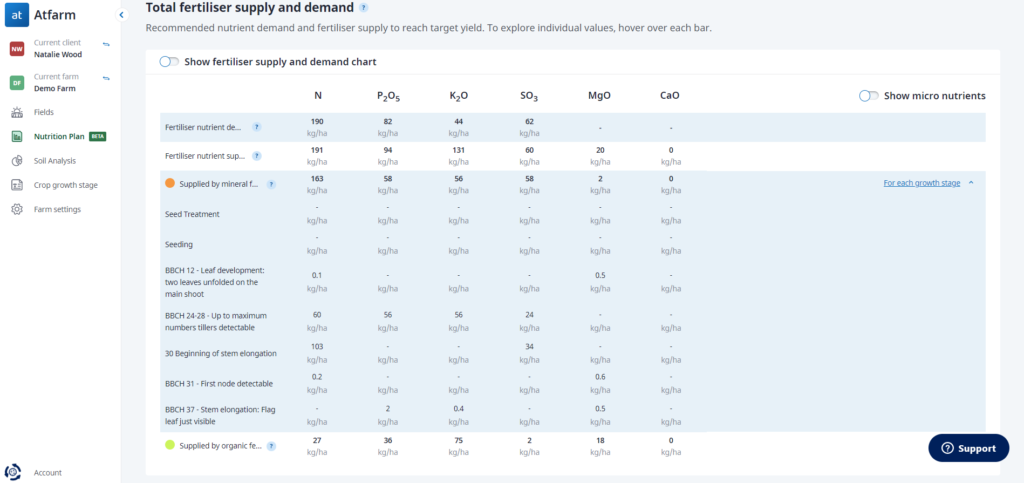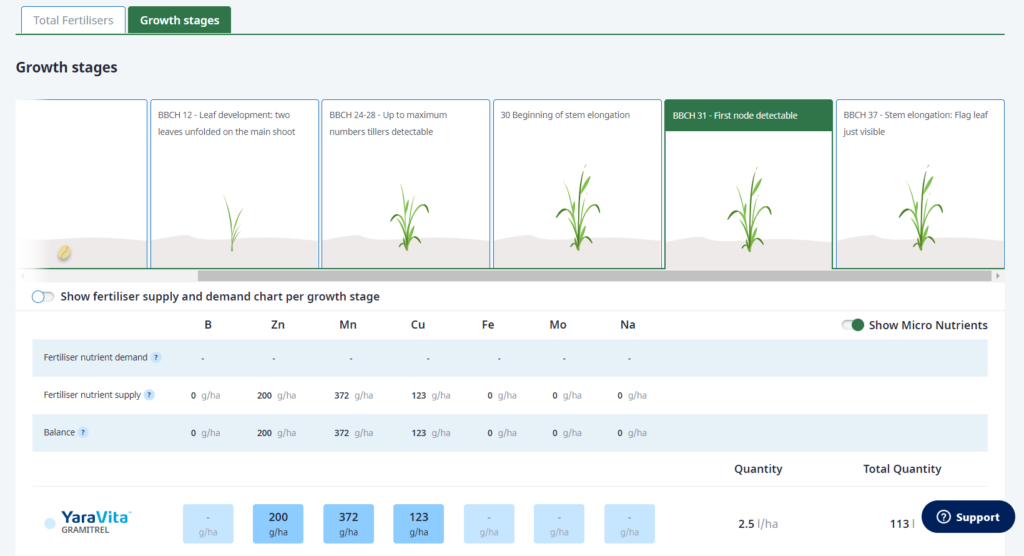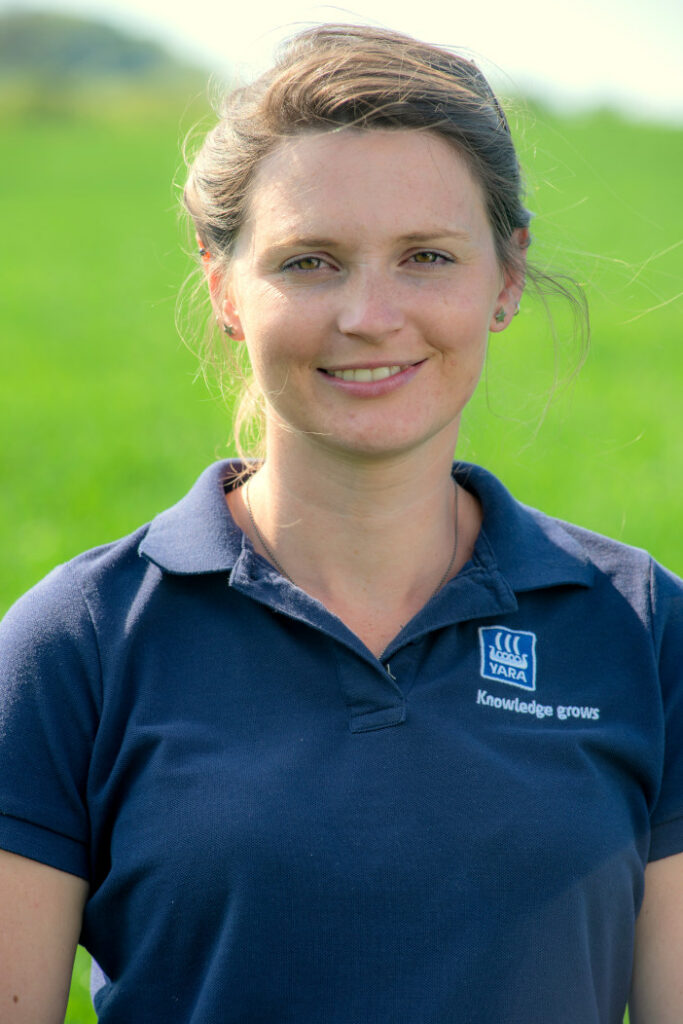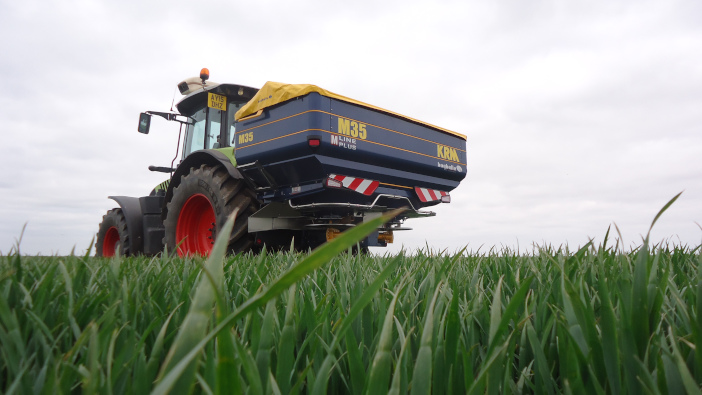The cost of fertiliser means that nitrogen rates will likely be reduced this season, making nitrogen use efficiency all the more vital, both in terms of application and also managing the other nutrients that your crop requires.
According to Natalie Wood, agronomy operations manager at Yara, growers will soon have the chance to go beyond their standard nutrient management plan (NMP). This is thanks, in part, to the wide array of advanced tools that are constantly being released and refined, including a new feature of Yara’s Atfarm platform.
“NMPs are not only a good way to calculate how much fertiliser you need, but as a general guide for your overall farm strategy,” she said.
“Historically NMPs have been quite simple. You receive an overall fertiliser rate for each field while considering N, P and K. Smart tools can now offer more dynamic nutrient planning, which will be much more helpful in planning your full crop nutrition programme.”
Natalie uses Atfarm as an example. When adding cereal and oilseed fields into the software, it gives the user an option to create a nutrition plan (with other crops being available soon). The usual parameters for creating an NMP –soil type, rainfall area, yield, straw incorporated/removed, organic manures etc. – will produce a nutrition plan for the crop.
So far, as you’d expect from an NMP. Where this tool differs is its ability to split the nutrients. “Conventional software would give you the total amount of N, P and K,” said Ms Wood. “However, Atfarm uses years of trials data and knowledge to split the nutrients out into optimum timings, including all nutrients required for crop growth.”

Atfarm Nutrition Plan – Showing the supply and demand from nutrients, fertilisers, and organic manures, split out into the different growth stage timings 
Atfarm Nutrition Plan – visual guide of growth stage splitting, example here of a micronutrient recommendation at growth stage 31.
Additional functionality – including the option to upload soil analysis results, which will then change your recommendation accordingly – makes the interpretation and implementation of lab results much easier.
“In a year where we are limited on the amount of nitrogen we can apply, variable rate applications (VRAs) can really help increase its efficiency,” she explained. “For example, Atfarm uses satellite imagery paired with the algorithm from the tractor-mounted N-Sensor, to give a greater degree of accuracy of variation in crop growth than NDVI alone.”
VRAs are powerful when it comes to improving NUE. This ensures that only the amount of nitrogen required is applied, helping to save on waste. The more targeted approach helps to boost yield in poorer areas while decreasing lodging in spots with high biomass. Finally, it delivers a more even, homogenous crop for easier harvesting.

“Variably applying nitrogen can increase yields by up to 4%, alongside increasing your NUE significantly,” Ms Wood explained. “Being able to set the min and max rates of nitrogen in the software also enables you to control how much you want to apply in total at each timing.”
In essence, the smart tools that help us farm better are getting smarter all the time. Even though we may have challenging years, the support available is always expanding and refining.
“This is a year where nitrogen is going to be one of the limiting factors of crop growth,” she concluded. “Growers should make full use of the tools available to them. By improving overall nutrient efficiency – and so increasing nitrogen efficiency – your crops can achieve the best results possible in a difficult season.”


